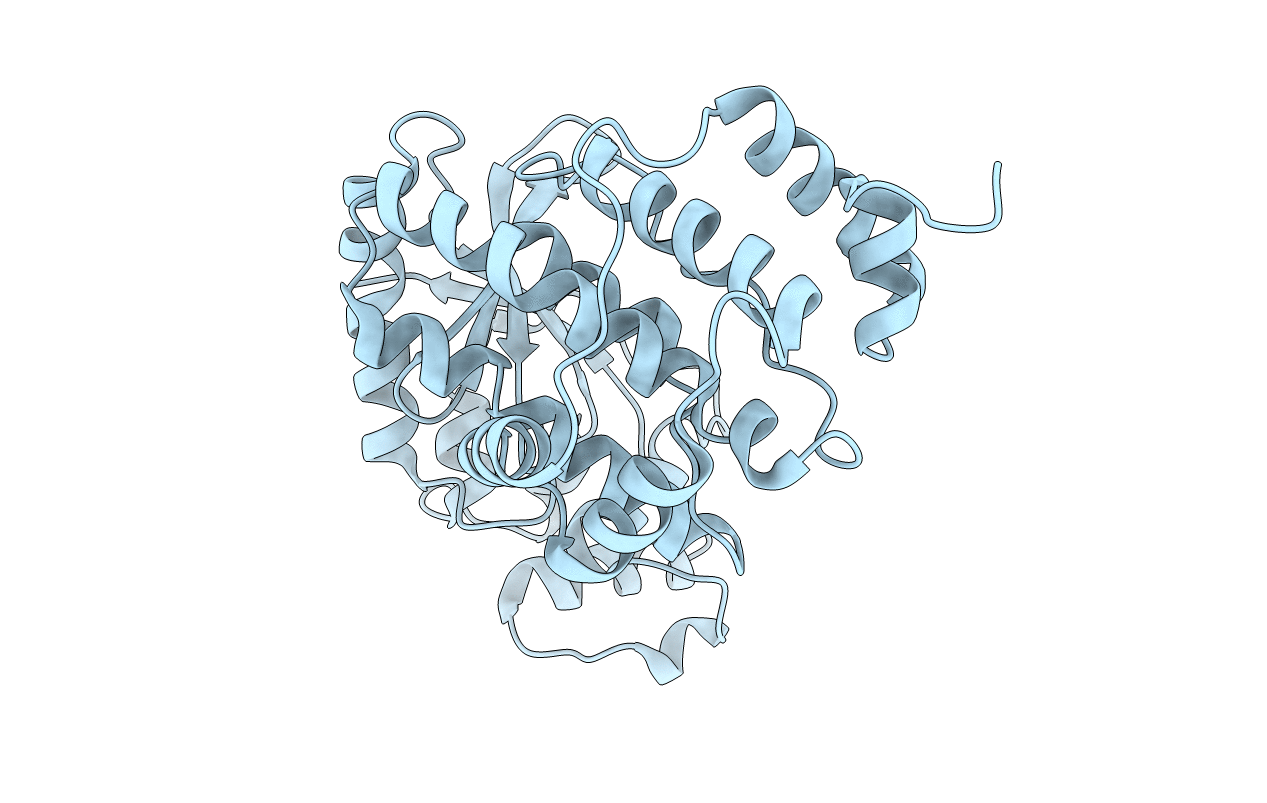
Deposition Date
2013-08-28
Release Date
2014-09-03
Last Version Date
2024-03-20
Entry Detail
Biological Source:
Source Organism:
Actinoplanes teichomyceticus (Taxon ID: 1867)
Host Organism:
Method Details:
Experimental Method:
Resolution:
2.90 Å
R-Value Free:
0.22
R-Value Work:
0.18
R-Value Observed:
0.18
Space Group:
P 62


